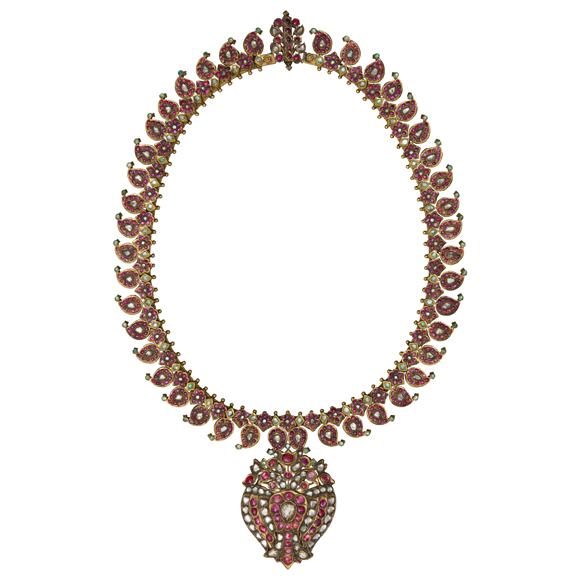东洋馆 12・13展室
2021年7月6日(星期二) ~ 2022年2月20日(星期日)
拥有悠久历史的穆斯林世界经历了许多王朝的兴衰,其结果,传承下来了富有个性的丰富物质文化。在本次“马来西亚伊斯兰艺术博物馆精选 伊斯兰王朝与穆斯林的世界”展览中,我们精选了在艺术和科学领域留下印记的14个伊斯兰王朝,并重点介绍其辉煌的文化财产。
衷心希望本次展览所介绍的伊斯兰美术富有多样性的魅力能够给参观者带来感动,并进一步加深对世界共享的文化遗产的理解。
![]() 展品目录 (346KB)
展品目录 (346KB)![]()






